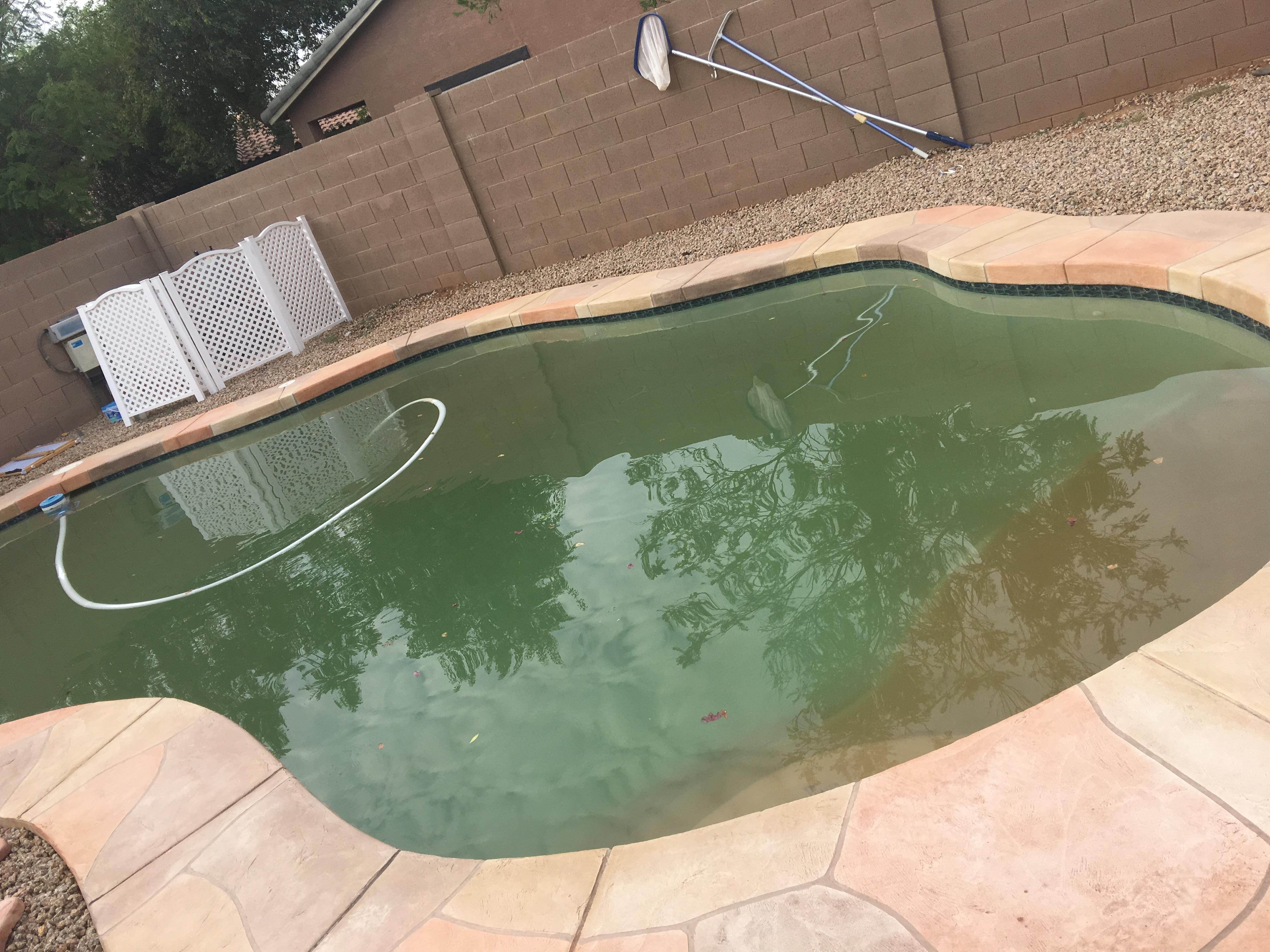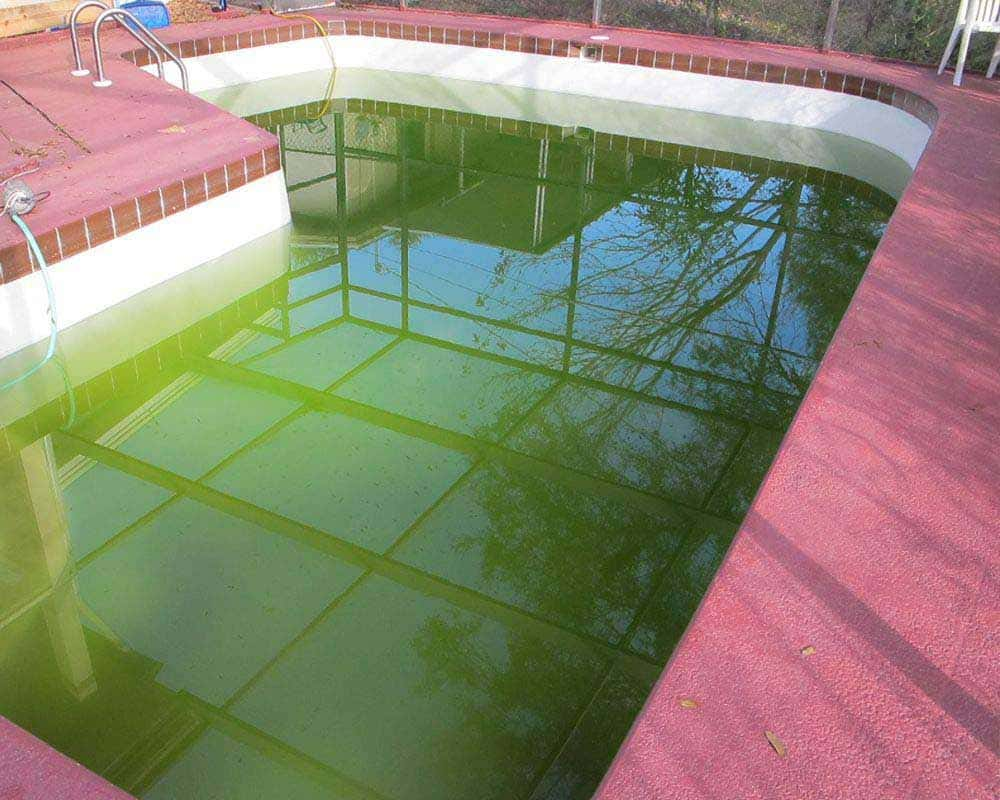Algae in the pool is a common thing to find. Don’t imagine that you’ll find the kind of plants you find on beaches, they’re just different, but they’re sure to annoy you when you’re taking a dip.
Causes
This type of algae commonly appears during the summer season due to the high temperatures that the water can reach. It is surprising how much they can grow and reproduce.
Lack of chlorine is another cause, so we recommend testing the different water parameters regularly.
It is true that on many occasions the fault comes from elsewhere, such as the wind carrying spores or rain. But, we come back to the issue of having the pH and chlorine well regulated, as well as having a good filtration system because if that is not the case, it is the perfect place for algae to appear.
Treatment
To enjoy swimming in the pool with crystal clear, clean water, the following steps must be taken. First, the pool should be cleaned with a brush to remove any aquatic plants that may have stuck to it. Next, the pH of the pool should be tested and the filtration system checked. And then, most importantly, apply Gre’s anti-algae liquid to prevent and eliminate these plant organisms. It is also possible to use a chlorine shock treatment.
After a few hours, in the case of shock chlorine, at least 24 hours, the pump and the filtration system must be checked to see if any algae have remained there. And finally, the different water parameters should be re-analyzed and leveled if they are not within the recommended values. The pool should also be cleaned with a pool cleaner.
Each pool is very different, but they all have one thing in common, the water must be treated in the same way to keep the pool in good condition and not harm anyone’s health. By following these recommendations you are sure that you will not get algae again.


Comments
Sus datos serán tratados por MANUFACTURAS GRE S.A. y por FLUIDRA S.A., con la finalidad de gestionar sus comentarios y dudas en el blog y, en su caso, ponernos en contacto con Usted para solucionarlas. Puede consultar más información sobre el tratamiento de sus datos y cómo ejercer sus derechos, tal y como se describe en la Política de Privacidad.